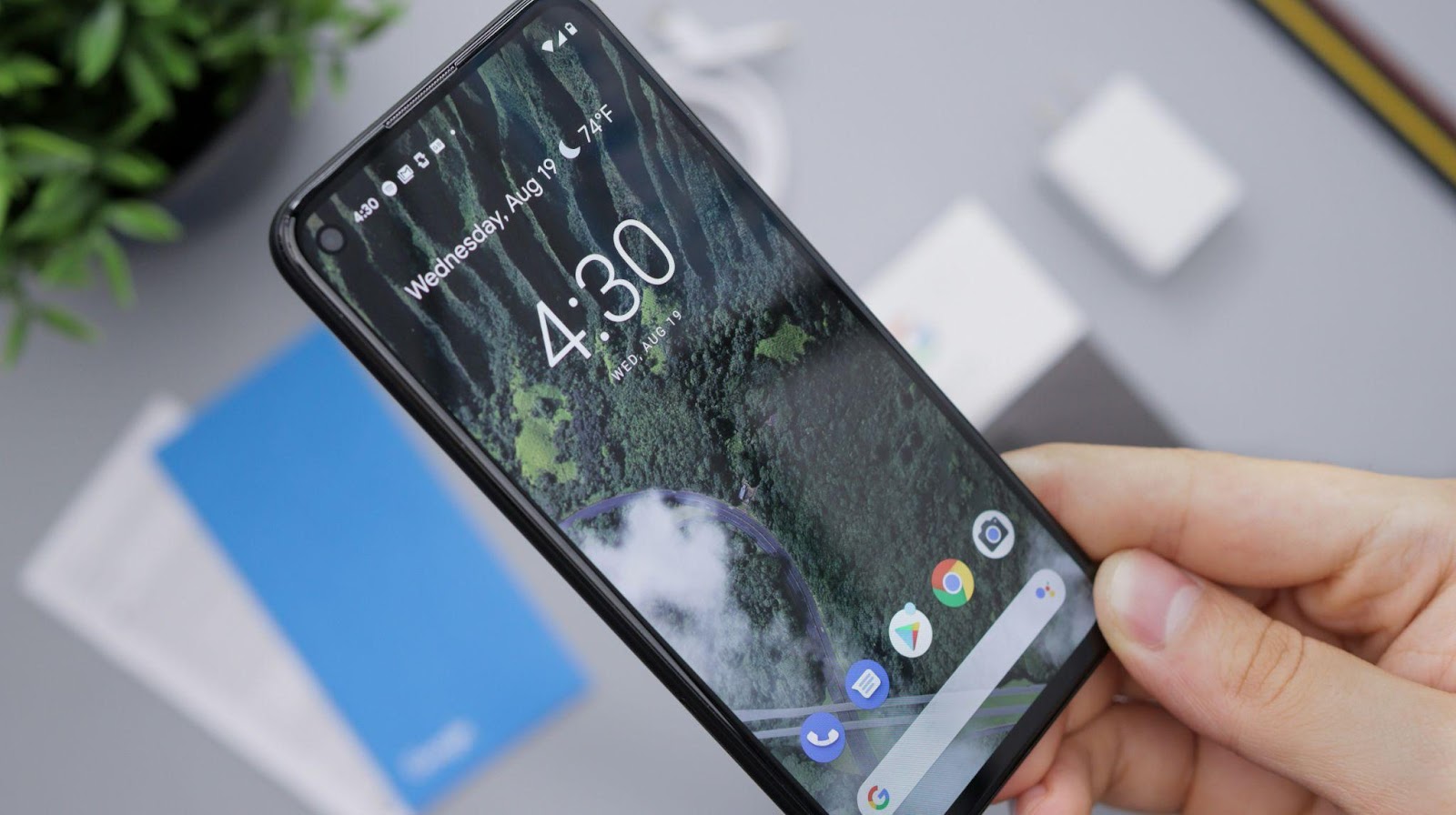
Since this Summer, every new smartphone and slate tablet sold in the EU must display an official A-G energy efficiency label, alongside tougher ecodesign rules that raise the bar for durability, battery life, and repairability, consumer demands from years ago in the European Union. The goal is to make devices easier to compare and longer-lasting for buyers all across the countries of the supranational organization.
What Exactly Will The new Label Show?
Based on the stickers consumers can already see on fridges and TVs, the smartphone label packs practical data into a single, standardized graphic. It includes a QR code that opens the EU’s EPREL record for that model, the brand and model identifier, and the familiar A-G energy scale with the device’s grade marked. Consumers will also see battery runtime per full charge expressed in hours and minutes, so they can better adapt their online slots time sessions, a durability score for repeated drop tests (graded from A to E), and a repairability score (also A to E). Two further fields indicate the phone’s protection against dust and water using the IP code, plus the legal reference for the scheme, so the users are able to verify the exact rules. Retailers must make the label visible at the point of sale and on product pages; on the box, it should measure at least 68 x 136 millimetres so the information remains legible. The classes run from A (best) to G (worst), mirroring appliance labels buyers already know. Online listings also have to show a compact preview next to prices, making model comparisons easier.How will it Affect Purchasers and Brands?
For shoppers, this is a genuine upgrade in transparency. Instead of marketing slogans, consumers will have comparable, lab-tested figures on battery life, robustness, and ease of repair right where they buy. Manufacturers now have to meet new ecodesign baselines: phones have to survive 45 one-meter drops without a case; retain at least 80% battery capacity after 800 charge cycles; and make critical spare parts such as batteries, cameras, and charging ports available for around seven years. Brands are also expected to provide at least five years of security or functional updates after launch, and many models will offer a software option to cap charging at 80% to reduce wear. Minimum dust and splash resistance equivalent to an IP42-IP43 rating further raises the floor.
The rules apply to smartphones, feature phones, cordless phones, and slate tablets up to 17.4 inches. However, rollables and foldables smartphones and specialized high-security smartphones are excluded from this new law for now. The same situation applies to some Windows-style tablet computers, which are covered elsewhere.
If someone is upgrading soon, the takeaway is simple: the consumer will have a new sticker with extra information. An A-class phone with a strong drop score and high repairability may cost a little more up front, but can save money over time through longer lifespans and easier fixes. Europe’s message is clear: smartphones should last longer, waste less, and tell up front how they’ll perform.
Brands are also expected to provide at least five years of security or functional updates after launch, and many models will offer a software option to cap charging at 80% to reduce wear. Minimum dust and splash resistance equivalent to an IP42-IP43 rating further raises the floor.
The rules apply to smartphones, feature phones, cordless phones, and slate tablets up to 17.4 inches. However, rollables and foldables smartphones and specialized high-security smartphones are excluded from this new law for now. The same situation applies to some Windows-style tablet computers, which are covered elsewhere.
If someone is upgrading soon, the takeaway is simple: the consumer will have a new sticker with extra information. An A-class phone with a strong drop score and high repairability may cost a little more up front, but can save money over time through longer lifespans and easier fixes. Europe’s message is clear: smartphones should last longer, waste less, and tell up front how they’ll perform.












